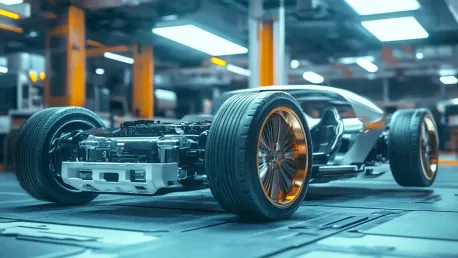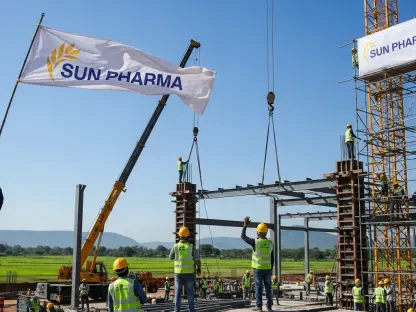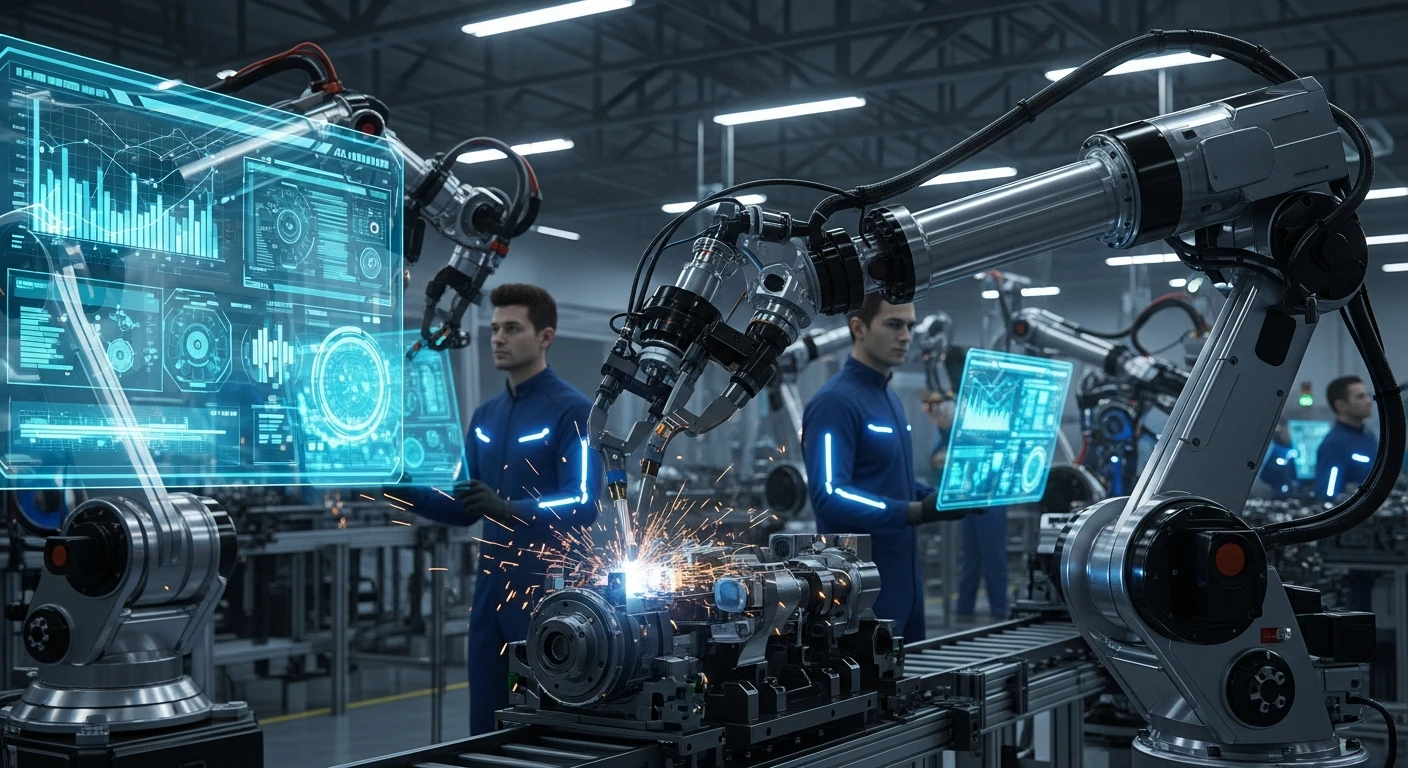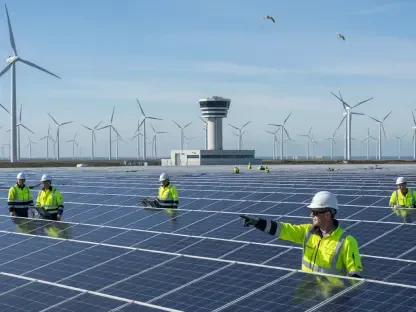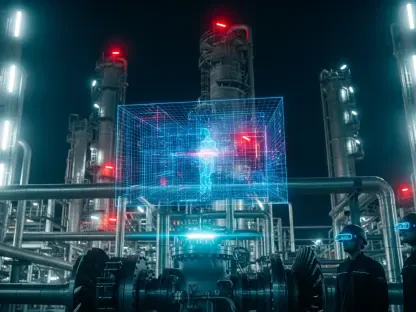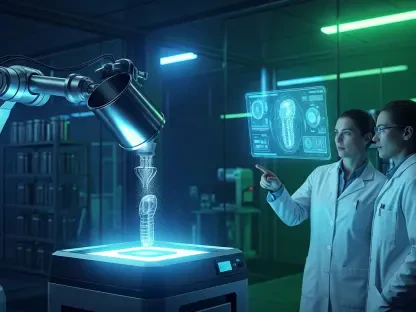The Inflation Reduction Act (IRA) is set to transform the landscape of electric vehicle (EV) battery supply chains in the United States. With numerous incentives designed to promote domestic battery production and reduce reliance on foreign suppliers, the IRA’s impact is poised to be profound. EV adoption is growing exponentially, but concerns over supply chain vulnerabilities and production costs have hampered progress. The IRA addresses these issues head-on, aiming to establish the US as a powerhouse in EV battery manufacturing. Here’s how the IRA is shaping the future of the EV battery industry.
Cost Parity and Production Incentives
The cornerstone of the IRA’s impact on EV battery supply chains is its substantial production incentives. The Act introduces credits for both battery cell and module production that can effectively bridge the cost gap between US and Chinese manufacturers. These incentives mean that the total value gained from the IRA can surpass production costs, making US-based battery manufacturing economically viable. By becoming cost-competitive, the US can attract investments and boost local production of EV batteries, reducing reliance on imports.
However, this newfound competitiveness does not come without challenges. Manufacturers must navigate an intricate web of requirements to fully benefit from these credits. The stringent criteria cover various aspects of production and sourcing, creating hurdles that necessitate careful strategic planning and execution. For instance, companies need to ensure that a significant portion of their materials are sourced from domestic or allied sources while avoiding components linked to foreign entities of concern. This aspect introduces a layer of complexity that manufacturers must tackle to maximize the benefits offered by the IRA.
Securing the full array of IRA credits requires meticulous adherence to the stipulated requirements. These include sourcing a significant portion of materials from domestic or allied sources and avoiding any components linked to foreign entities of concern. Despite the generous incentives for downstream manufacturing, the extraction and processing segment of the supply chain receives relatively modest credits. This discrepancy means upstream supply chain players—those involved in mining and processing critical raw materials like lithium—may not see immediate substantial benefits.
To navigate these challenges, manufacturers must foster new and existing relationships with domestic and allied suppliers, potentially leading to reshuffles in the supply chain. This need for strategic adjustment highlights the complexities faced by those looking to capitalize on IRA incentives fully. Manufacturers will likely explore strategic partnerships and invest in new capabilities to meet these requirements, further altering the landscape of the US battery supply chain.
Focus on Downstream Manufacturing
The IRA places significant emphasis on downstream battery manufacturing activities, such as cell and module assembly. By extending attractive credits to these stages of production, the Act aims to cultivate a robust domestic battery manufacturing ecosystem, diminishing the dependence on foreign suppliers, particularly China. Moreover, the legislation stipulates that end-user purchase credits are reserved for EVs with batteries free from components associated with certain foreign entities. This provision nudges manufacturers to reevaluate and potentially overhaul their supply chains, fostering greater scrutiny and diligence in their sourcing strategies.
This intense focus on downstream activities underscores the IRA’s goal of insulating the US EV battery market from geopolitical risks and supply disruptions. However, it also places a burden on manufacturers to innovate and adapt quickly to meet these requirements. While the potential rewards are significant, the path to achieving them involves navigating various logistical and financial challenges. Companies must balance the need for compliance with the IRA’s stipulations while striving to maintain cost-effectiveness and efficiency in their production processes.
Interestingly, the IRA introduces a strategic workaround that could ease some of the stringent sourcing rules—leasing. EVs that are leased rather than purchased outright can qualify for credits without adhering to the same rigorous sourcing guidelines. This loophole presents an attractive option for manufacturers and consumers alike, offering a pathway to benefit from the IRA’s incentives while sidestepping some of its more demanding requirements. As a result, the industry might see a surge in leasing options as a practical response to the Act’s regulations.
Leasing could thus become a key strategy for manufacturers to maximize IRA benefits, maintaining robust sales volumes while navigating the complex compliance landscape. This workaround reflects the dynamic and adaptive nature of the EV market as it responds to new legislative frameworks. Manufacturers may leverage this leasing provision to their advantage, ensuring that they do not miss out on the lucrative credits despite the sourcing challenges posed by the IRA.
Supply Chain and Battery Chemistry Diversification
The Inflation Reduction Act (IRA) stands to revolutionize the electric vehicle (EV) battery supply chains within the United States. By introducing a range of incentives that focus on boosting domestic battery production while decreasing reliance on international suppliers, the IRA’s influence is expected to be significant. As the adoption of electric vehicles surges, concerns about supply chain weaknesses and production expenses have posed challenges. The IRA tackles these concerns directly by aiming to position the U.S. as a leading hub for EV battery manufacturing.
The demand for electric vehicles is growing at an unprecedented rate, fostering both environmental benefits and technological advancements. However, the dependence on foreign battery manufacturers presents a clear risk for sustainability and economic security. The IRA seeks to mitigate these risks by providing financial incentives and support to American companies involved in the entire EV battery supply chain—from mining raw materials to final assembly.
This initiative is timely, given the increasing importance of reducing carbon emissions and advancing clean energy technology. By bolstering domestic production, the U.S. not only aims to secure its supply chain but also create new jobs and stimulate economic growth. Companies are encouraged to invest in cutting-edge battery technologies, which can result in higher efficiency and lower costs over time. Through the IRA, the future of EV battery manufacturing in the U.S. looks promising and better equipped to meet the demands of a rapidly growing market.
